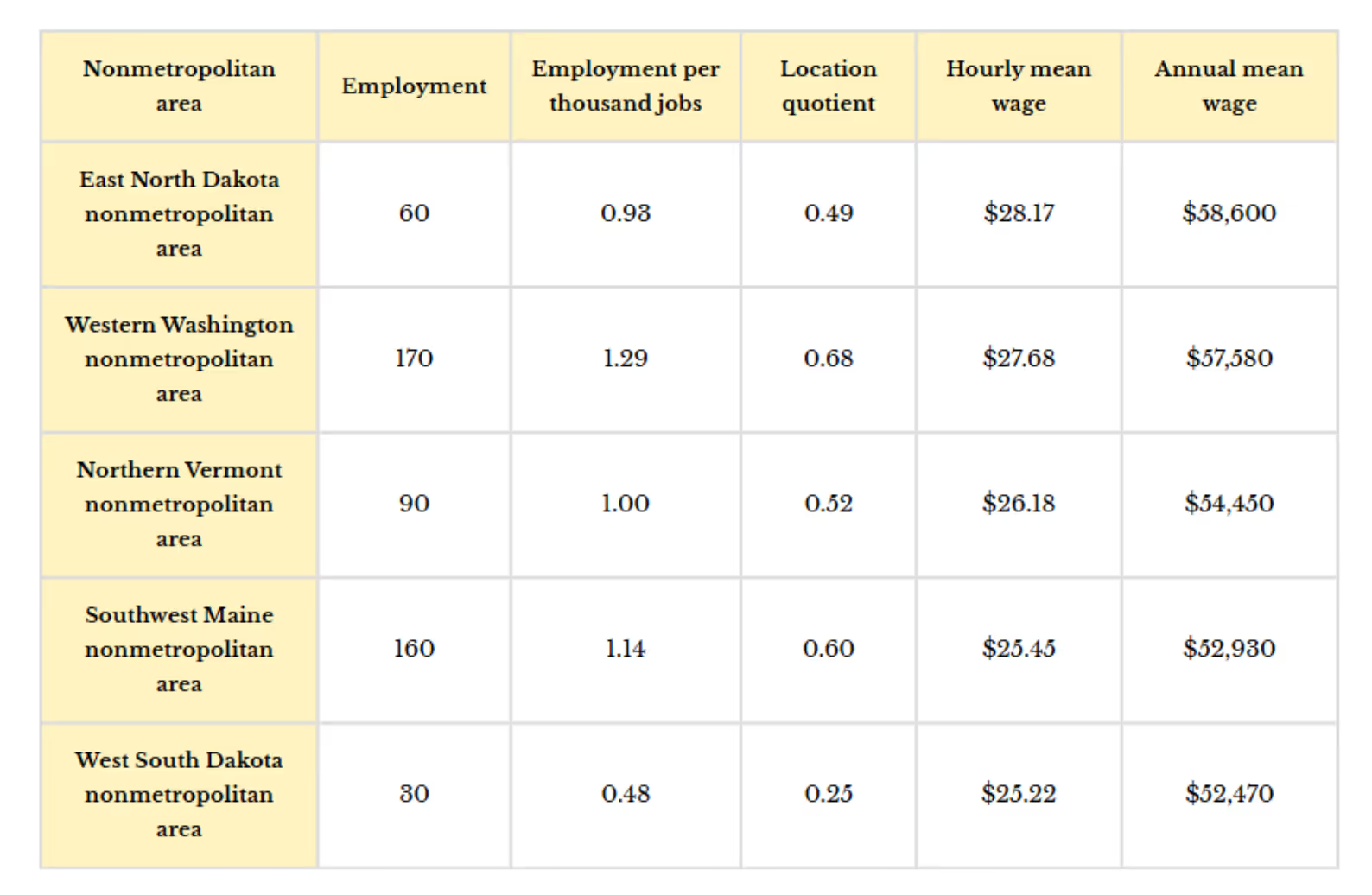
Understanding the pay for hairstylists is important in the hairstyling business, where creativity joins with know-how. Whether you're just starting, are a pro, or run a salon, knowing the average annual income of a hairdresser in the US is key to making smart choices about your job and pay. This article looks at the details of hairstylist salary, checking what changes how much they earn and how tips matter, to answer: What’s the average salary for hairdressers?

According to recent data, the average annual income of a hairdresser in the United States shows variations depending on the source and methodology. The U.S. Bureau of Labor Statistics (BLS) reported a median hourly wage for hairdressers, hairstylists, and cosmetologists of $16.95 in May 2024. This translates to an approximate annual salary of $35,256 based on a 40-hour work week but, this figure doesn't tell the whole story about the hairstylist salary.
Here are some more details:

However, salary data varies considerably across different platforms:
Reported salaries differ because hairdressing careers vary so much. Pay depends on experience (from beginners to experts), location, type of clients, and employment terms. Understanding these factors is crucial to figuring out what can influence the hairstylist salary.
Tips form a crucial part of a hairdresser's salary, and grasping the average hairdresser salary with tips gives a clearer view of their potential income. Tips greatly increase a hairdresser's total pay beyond their base salary. For many, the base pay is just the starting point, and the average hairdresser salary with tips is a more accurate reflection of their true earnings.
Industry experts and publications suggest that a 20% tip is typical for hairdressers when clients are satisfied with the service. This amount can change based on the quality and details of the service provided.
Tips make a real difference in a hairstylist's yearly pay. Industry standards suggest tips usually increase a stylist's total income by 15-25%. So, a hairdresser earning the median base salary of $35,250, as reported by the BLS, could expect to earn $40,500-$44,000 each year after tips. This shows how the average hairdresser salary with tips can be significantly higher than base pay alone.
Tips can make up a large amount of total income for top stylists at high-end salons. For example, a colorist may often get a 20% tip. This is mostly because, in America, hairdressers are seen as part of the service sector, much like waiters.
Tipping customs change a lot from place to place. Cities usually have higher costs of living, so people might tip more there than in the countryside. Also, some stylists in small-town salons say 15% is a typical tip, but stylists in mall or walk-in salons, who often have fewer regular customers, sometimes get even smaller tips.
Hairstylist earnings differ due to factors beyond job title and skill. Location, experience, clientele, and employment structure all affect income.
Here’s what influences your income as a professional in the beauty industry and provides a deeper answer to how much does a hairdresser make:
The amount of time a hairstylist has spent in the industry usually plays a big role in their earnings. As they gain experience, they tend to attract more clients, sharpen their cutting and styling techniques, and become more effective in representing their brand. This experience allows them to raise their prices and, in turn, boost their hairstylist salary. The following experience levels are normally met by hairstylists:
Different states and even different areas in the same state can influence your hairstylist's salary. This is because the cost of living and demand for services differ according to each state. So, how much does a hairdresser make according to location?
Here is the data we have from the U.S. Bureau of Labor and Statistics, which helps clarify he average annual income of a hairdresser in the United States based on geography:



The type of salon in which you’re working also influences your pay.
A high school diploma, or its equivalent, is needed to become a hairstylist. You'll also need to attend cosmetology school to get licensed, which then lets you start working. Focusing on a specific area can increase your income beyond the average hairstylist's salary. Here's what some specialists earn:
A salon will use a hairstylist's training, certifications, and experience to set up service prices and calculate their salary.
With more experience, you’ll have more clients. Handle every appointment with ease and eliminate no-shows with Goldie, an easy-to-use app that supports your stylist career.
Now that you know the average salary for a hairstylist, you need an easy way to keep track of your income – whether you’re a salon owner or an employee.
Goldie Reports is an excellent solution, as it’s packed with many features that’ll help you manage and analyze your hairstylist salary & more:
💡Read more about the Goldie Reports feature and its advantages.
Ultimately, the average annual income of a hairdresser in the United States varies, showing a vibrant industry where skilled people can do well. As we've seen, the base salary can vary quite a bit, with the BLS reporting a median of around $35,256 per year. However, this figure doesn't tell the whole story. When tips are included, the average hairdresser salary with tips can jump significantly, often reaching between $40,500 and $44,000 annually, and it can go even higher for top professionals.
Beginners might start with lower pay, but those with experience, good customer bases, and special skills can build good careers. To be successful, you need technical skill, business sense, and the ability to connect with people. Knowing the going rates, continuing to learn, and planning your career can increase how much you earn in this job.
If you’re just starting your journey or looking to advance your existing career, your income depends on you. Skill, good service, and smart choices can lead to a successful career as a hairdresser.
